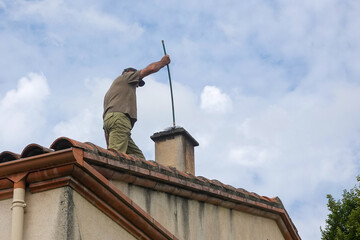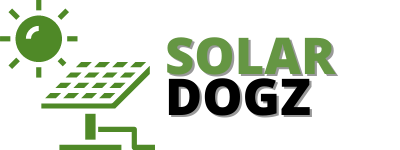Chimney Cleaning is a process that involves breaking down and scrubbing out all of the creosote and soot that has built up in a chimney. It is a very important task that needs to be completed by professionals. Chimney Cleaning Charleston uses tools and brushes that remove blockages, creosote buildup, and soot. They then clean the flue, smoke chamber, liner, and smoke shelf. Creosote buildup in your chimney is a fire hazard and can cause respiratory illnesses in you and your family. It can also spread to other areas of your home if a chimney fire occurs.

Stage 1: First-degree creosote is a sticky mixture of wood particles, ash, and vapors that builds up in your chimney when burning wood. It’s easy to remove with a brush or a strong cleaning solution. Second-degree creosote, on the other hand, develops when airflow is restricted in your chimney and forms a thick, hardened glaze. This tar-like substance is harder to remove and can cause a fire in your chimney.
The best way to prevent stage 2 and 3 creosote from developing is to ensure your chimney is swept regularly by a professional sweep. A chimney sweep will be able to determine which stage creosote you have and how best to remove it.
Debris can clog a chimney, making it more difficult for smoke to escape. This can lead to a number of problems, including a smoky and unsanitary fireplace, and dangerous carbon monoxide leakage into the home.
To avoid these issues, it’s recommended that homeowners schedule professional chimney cleanings at least once a year. Chimney sweepings can remove soot and creosote buildup, which reduces the chances of a fire.
The most popular method for chimney cleaning involves climbing onto your roof and using a brush and chimney rods to clean the flue. This method is best done during the warm season and by people who are comfortable working from heights.
Make sure to wear protective gear (a mask, goggles and a pair of safety gloves) during the chimney cleaning process. Also, protect your floor and furniture inside the house with drop cloths.
Vacuuming is a critical part of chimney cleaning. It helps remove any dust, ash and debris that might otherwise be left behind after the cleaning process.
As with any cleaning job, the best method for vacuuming from your chimney is to use a heavy-duty shop vac. These machines have a long, flexible hose that allows you to get into hard-to-reach corners and areas.
A regular household vacuum cleaner is not designed to handle ash, so it can spray the fine particles into the air. This can then be blown back into your home and leave a sooty residue on your carpeting and furniture.
A good ash vacuum has specialized filters that deal with the unique mix of heat and super-fine dust found in fireplace ash. A traditional vacuum won’t be able to keep up with this combination, and it could damage your vacuum’s motor.
If you have a fireplace or wood-burning stove, you should have it inspected by a chimney professional at least once a year. These inspections help identify existing chimney vulnerabilities that can put you and your home at risk.
A CSIA certified technician will inspect your chimney to make sure it’s in good condition and that it’s free from creosote, debris and other hazards. They’ll also look for safety issues, such as a damper that’s not closing properly or a cracked chimney cap.
Obstructions like creosote and soot create a hazardous environment for your family. A CSIA pro can clean the flue to remove the buildup and help keep your chimney safe.
Chimneys and flues are exhaust pipes that carry smoke or gas from furnaces, boilers, water heaters and fireplaces to the outside of a home. They are vital for your safety and the safety of your home.

